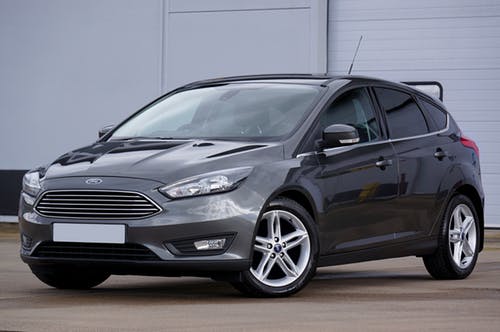There are several conditions for you to be able to claim Motor Vehicle Expenses:
- You can claim Motor Vehicle expenses if you need to travel from site to site, or to pick up supplies and materials. You normally are not allowed to claim travel expenses from your home to your workplace. However, if your home is a primary place of work then you can claim travel outside of your house if required to do so for work purposes.
- You can claim Motor Vehicle Expenses if you are required to transport tools/equipment for your work, including from home to your work site.
- You have to own the vehicle that you are claiming expenses for. (It has to be under your name)
- You can’t claim car expenses if the costs have been reimbursed by your employer.
There are two options to calculate Motor Vehicle expenses as follows:
ATO cents per kilometre method
Using the cents per kilometre method, you can claim up to 5,000kms annually for work-related use of your car. The cents per km method uses a flat rate that is multiplied by the number of kilometres you have travelled for a given year. The ATO cents per km 2024 rate is 85 cents. The ATO cents per km rate 2025 is 88 cents.
For example, you have used your car for work in 2024 and travelled 4,500km. Under the cents per km method, you multiply 4,500km by 85c. That means you can claim $3,825 (4,500km x 85c) on your tax return as a car expenses tax deduction. The equation is so easy, that you do not require a cents per km calculator!
The 5,000km are calculated per vehicle. If you jointly own a car with someone and use it for various income-generating activities, you can deduct 5,000km each.
Here is the ATO cents per km 2025 and 2024 rate as well as previous years:
| Year | ATO km rate |
| FY24-25 | 88 cents |
| FY23-24 | 85 cents |
| FY22-23 | 78 cents |
| FY20-21, 21-22 | 72 cents |
| FY18-19, 19-20 | 68 cents |
| FY15-16, 16-17, 17-18 | 66 cents |
Cents per km reimbursement rate for employees
Most employers reimburse their employees by paying an allowance equal to the cents per km rate for the financial year. This is reportable on the group certificate (annual payment summary) that your employer submits to the ATO. The cents per km reimbursement rate for employees shows up as an allowance on your group certificate.
You will need to claim a tax deduction for the cents per km reimbursement to ensure that you are not taxed on this at the time of lodging your online tax return.
Cents per km calculator
Use this cents per km calculator to check you tax deduction. You can also this as a cents per km reimbursement calculator to check your employer is reimbursing you correctly.
To use this cent per km calculator, select the financial year you are calculating and enter in the number of kms you have travelled or expect to travel – remember this maxes out at 5,000 kms. You can then see the expected tax deduction for the cents per km method.
Logbook method
You can claim the actual percentage of motor vehicle expenses. However, you would need a logbook record including the beginning and end readings of the motor vehicle odometer. This will require you to keep a record of at least 12 continuous weeks. These 12 weeks will be representative of your annual travel, and you will be able to estimate your annual motor vehicle expenses based on expenses for the 12 weeks. Alternatively, you can keep multiple logbooks for the entire year to get exact figures. There is no limit on the number of kms or costs that can be claimed via this method.
Example:
Jerry is an electrician. He drives to his client’s homes to work, as he has to carry heavy tools with him. As he travels a lot for work purposes, he decides to keep a logbook. He records all his travel for 12 weeks, including both work and personal trips. After the 12 weeks, he tallies up the total business (work) kms travelled. He divides it by the total kms travelled, and determines the percentage of travel that is deemed to be work-related.
If Jerry had travelled a total of 500km during the 12-week logbook period and found that out of the 500km, 400km was for work (business kms), the following would be his calculation:
400 business kms/ 500 total kms = 80% (work related percentage of travel)
If Jerry totals up all his car expenses for the year (including fuel, maintenance, insurance, depreciation, cleaning) and it adds up to $10,000, he can multiply that amount by his work-related percentage:
$10,000 x 85% = $8,500
He would be able to claim $8,500 as Motor Vehicle Expenses.
One Click Life – your financial life made simple!
You want a simple financial life right? We exist to make that a reality! We do this by providing financial products that are simple to use from your mobile phone. We’ll keep creating awesome, simple products that empower you to run your financial life and get in contact if you need a hand with anything.
- Simple online Tax Returns
- Simple online Wills
- Simple online Personal Loans
- Simple online Mortgages
One Click Life. Your financial life made simple

